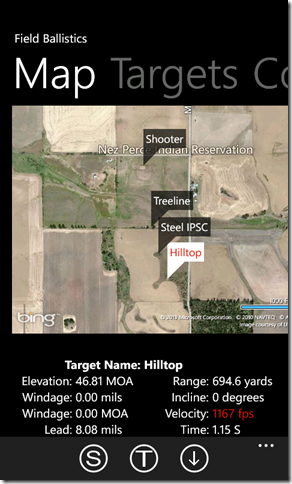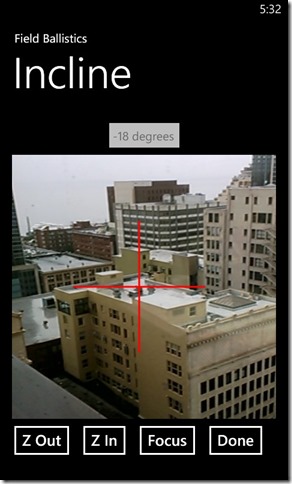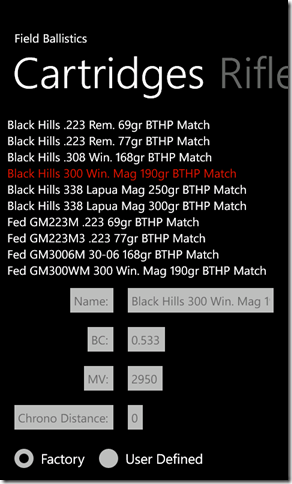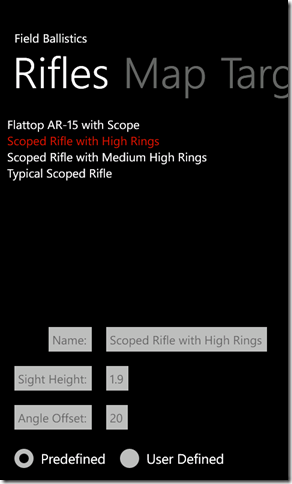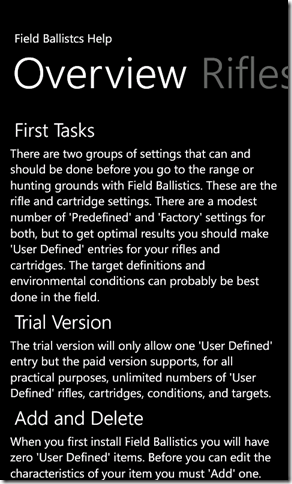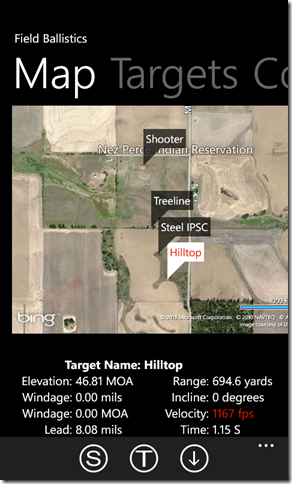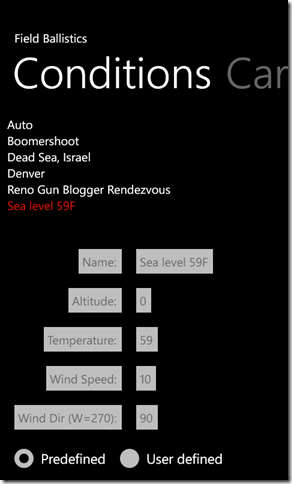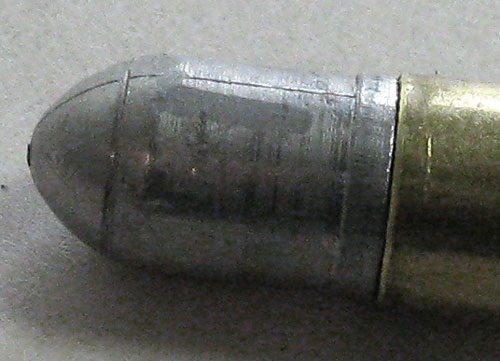At this
time of year I normally hunt in Klickitat County, WA, for deer. Lots of big black-tail / mule deer, and perhaps the occasional
hybrid. My luck at finding them is usually pretty good, though my luck in
finding ones with respectable racks is utterly pathetic – I can manage to find
a 200 lb + mule deer with ears that stick out further than his barely legal
three point rack, which is only three points by the grace of God and an eye-guard
that is about 1.1 inches long, or one that looks like what you’d expect of a mule
deer that cross-bred with a white-tail, with huge ears and all its tiny little points
coming off of one narrow beam, and the other broken off to about 1/3 size. Oh,
well, meat’s meat.
Drove down Friday, looked thing over. Several does frisking
about, and no more than the normal noise from the property across the way (it’s
mostly 20-acre lots in that area, and some government land, with about a dozen scattered
hunting camps and a handful of year-round residents within a mile or two). Light
rain that day kept the dust down, and made the brush a LOT quieter. Lots of
acorns on the trees, I noticed – very different from last year, when there were
almost no acorns, and more hunters than deer. Parked the RV (AKA a minivan with
a seat out and an army cot in the back), got to sleep early, listening to the rain fall.
Got up, weather looked good, headed down for a spot I picked
the day before, partway down in and overlooking a clear-ish spot across a saddle
in the ridge. It has decent visibility, lots of deer trails through there. I
kick up a couple of does while sneaking down there in the dark. Wait for enough
light. See nothing. I hear shooting up behind me on the ridge. Several single
shots, widely spaced in time – either people are doing pretty well, or they can’t
shoot for squat. No way to know at the moment. I’m not seeing anything, except
a couple of does that are heading away from the shooting west of me. Eventually
I quit waiting and get moving, and slowly hunt around in a big loop to see what
can be scared up. Nadda but a couple of does. Light wind keeps eddying around,
so hunting “upwind” is impossible.
About 90% of the way around the loop I run into an old
friend of mine – he’s in his 80s now, was a gunner on a troop transport in
WWII, but still getting out (new just this year is a handicap hunter sign for
his rig, so he can shoot sitting in the cab, or have one of us younger “companion
hunters” do things for him. He said his
son, a spry lad of only sixty, had gone on a big loop up and around similar to
the path I’d taken, but farther out, across to the far side of a large draw and
down through it. So I figure I can go find a good stand up on this side of the draw and see if he
spooks anything my way. I wander off into the thickets. Lots of low brush, large
patches of ten-foot high Oregon white oak, and lots of old pines blown down
like pick-up-sticks (the remains from after a fire swept through the area about
a decade ago). Easy to hide in, lots of forage, and a cast-iron bitch to get
things out of.
I creep along thorough the brush, keeping eyes and ears
open, picking the occasional acorn and popping it into my pockets, which are by
now bulging with them. I find a decent spot with a clear view across the draw
– the far side is about 450 yards away. Visibility closer isn’t great because
of all the oak stands. I stand up on a fallen log to get a better view. Lots of
acorns in reach from there, too. I watch across the draw, watch closer in, pick
acorns absently. Listen to the chipmunks, magpies, and woodpeckers. Wind swirls
around. Nothing moving but birds and leaves. Pretty, but no sign of hunter
orange coming down the far side of things yet. I take off my pack and drop it quietly
to the ground, still standing on the log. A few more acorn are in reach, and
they end up in my pocket.
Then I hear a noise – just barely loud enough to hear, and I
still can’t remember what sort of noise it was, but it WASN’T any of the things
I’d been listening to all morning. I jerk my head to the right toward that
marginally registering sound, and there, plain as day because I know the exact direction to look, I see the “Y” shape of a
deer staring straight at me, mule-deer ears and nose. Just the head – from the
neck down it was hidden in the heavy brush. Not fifty yards away. With a rack.
A small rack (of course), but it’s got a least one clear fork. I’m standing,
balancing on a log, body one way, and it’s off directly to my right. Well, that’s
kind of awkward.
I figure he must have been there this whole time, so slow motions
shouldn’t spook him. I turn slowly until I can get the rifle up into a good
scoping / shooting position. I look. Damn! Only 3 power on the scope, and I can’t
see if there is an eye-guard! I crank the scope to 9X, and look again. Can’t
quite be sure… then the light falling on him changes ever so slightly, and I
can see it! ONE eye-guard! Given the brush and stuff, I figure I’ve got about a
2” square target to hit, off-hand, standing straight up balancing on a log, at
fifty yards. Can’t move to a more stable position because lower would hide him
totally in the brush. Aim too high, miss. Too low, take his jaw off and he runs
and dies miles away or it gets deflected by heavy brush. Left or right, running
injured or clean miss. Just gotta stand tall and deliver. Sure, no pressure. Aim
carefully, breathe in, breathe out, double check the eye-guard to make sure it’s
long enough, breathe, squeeze. BLAM!
I work the action keeping my eyes on where he was. I see no
movement. I walk up carefully. Motionless on a grassy patch amidst the brush. Right
antler blown away. Brains and blood leaking out through the large hole just
above his right eye. I do a double-take, and I don’t see the eye-guard! ARRRG!
Oh, wait. False alarm – just didn’t see if from that angle. WHEW! I measure the
eye-guard; one and a quarter inches – legally counts as a point (1” minimum). Now
I just have to get him OUT of the deep weeds. He’s down amidst the log-sized
pick-up sticks, and a live weight in the neighborhood of 200 pounds – small enough
to be tender and tasty, big enough to be a pain in the ass hauling him out. Then
I hear a shot from up across the draw. Looks like the other guy I know is now
going to be busy with his own deer for a while, so I’m on my own. I gut him
out, drag him uphill as best I can about a hundred yards to where I think it
might be possible to get a vehicle sort’a close. I flag a nearby tree with
engineer tape, and boogie back to the “RV” to see how well a Honda Odyssey is
at off-roading. Turns out, pretty good, if you are careful. Nothing that Ry
would have flinched at, but it’s mostly my wife’s, not my car, and there are
lots of logs and large volcanic rocks around, so….
Anyway, got the deer whacked up, then double-check the regs just
to make sure I wasn’t missing something – last year there was a Fish-n-Feather
check-point examining all hunters at a choke-point in the road out of the area for
the first few days of the season, so I want to make sure I’m all totally legal.
Hmmm… must transport with proof that it was male, either “naturally attached
penis and testicles” (nope, can’t do that, cut off while gutting) or BOTH
antlers “naturally attached to the head”. AH, shit-meister! I must have spent
two hours looking for that blasted second antler. Finally found it about 45 or
50 feet away in the brush – a small, brown, forking, stick-like-looking antler
hides VERY well in the brush and fallen oak leaves, let me tell you.
Finally, I got everything cleaned up, packed up, and back on
road, and just then the rain started. So it all worked out, in the end, pretty
well.
A few of things of note:
1) There was no
obvious exit wound from the bullet. A 165 gr slug from a 30-06 at 50 yards
still has well north of 2000 ft-lb of energy, and while the skull was
dramatically broken up and brain bits here and there, but the bullet didn’t
seem to have come out the far side, and there no obvious bullet fragments left
in the cranial cavity, which was mostly filled with partially coagulated blood and
bone fragments by the time I examined it more closely. Not clear exactly how all
the energy was expended, or what happened to the bullet; totally exploded and
the fragments fell out with the brain, or ricochet out essentially through the
same hole and all the brain pulping was done by bone fragments, or just what.
File it under “weird terminal ballistics event.” and “bone is STRONG.”
2) It was obvious he was totally dead from the hole and
brains-on-the-ground thing when I got close to him, so I slit his throat to
bleed him out. Squirt, squirt, squirt. His heart was still pumping! Weird.
3) The kids both thought the carcass pieces I brought home
were interesting. The daughter though it was gross, but she couldn’t take her
eyes off it, so it turned into an impromptu biology and physiology lesson, comparing
front and back leg structures, pointing out tendons versus ligaments, ball
joints vs hinge joints, bone vs cartilage, what a whole muscle looks like when
not wrapped in plastic as the market, fat deposits, what a heart and liver REALLY look like, etc.
They also thought the ribs looked awfully fatty, but agreed that they tasted good
broiled with a little salt, pepper, and garlic powder.
3.a) The only things that got left on the scene was a spine,
feet, hunks of fat, guts, and hide. I need to get better at skinning them out
so it’s worth getting tanned.
4) The kids ALSO thought that learning how to prepare the
bag of acorns I brought back sounded like fun, particularly for the 4th
grader, who did a big unit on Native Americans last year in school, many of
whom ate acorns as a significant part of their diet. We’ll also be planting
some of them as a science experiment (Oregon white oak are native to the area).
4.a) Last year, very few acorns, very few deer. Normally,
lots of acorns, lots of deer. File data for future reference; check the acorn
crop in September – no acorns, find another place to hunt.
5) Does seem to spook and run easily. Bucks, especially
older ones, are masters of immobility and camouflage, and don’t want to jump
until you darn near step on them. Means you have to have REALLY good eyes, good
binoculars, or have a couple of guys that are willing to spend a LOT of time
stomping around trying to kick them up.
6) I am amazed, again, at the fact that even though guns are LOUD, especially high-powered rifles, I never remember hearing the shot go off, or the recoil as it applies to my shoulder. I remember watching the target, working the action, basic body position, getting the sight back on target, listening for and hearing sounds immediately after the shot (even quiet sounds), but never the sound of the gunshot itself.
Like this:
Like Loading...


